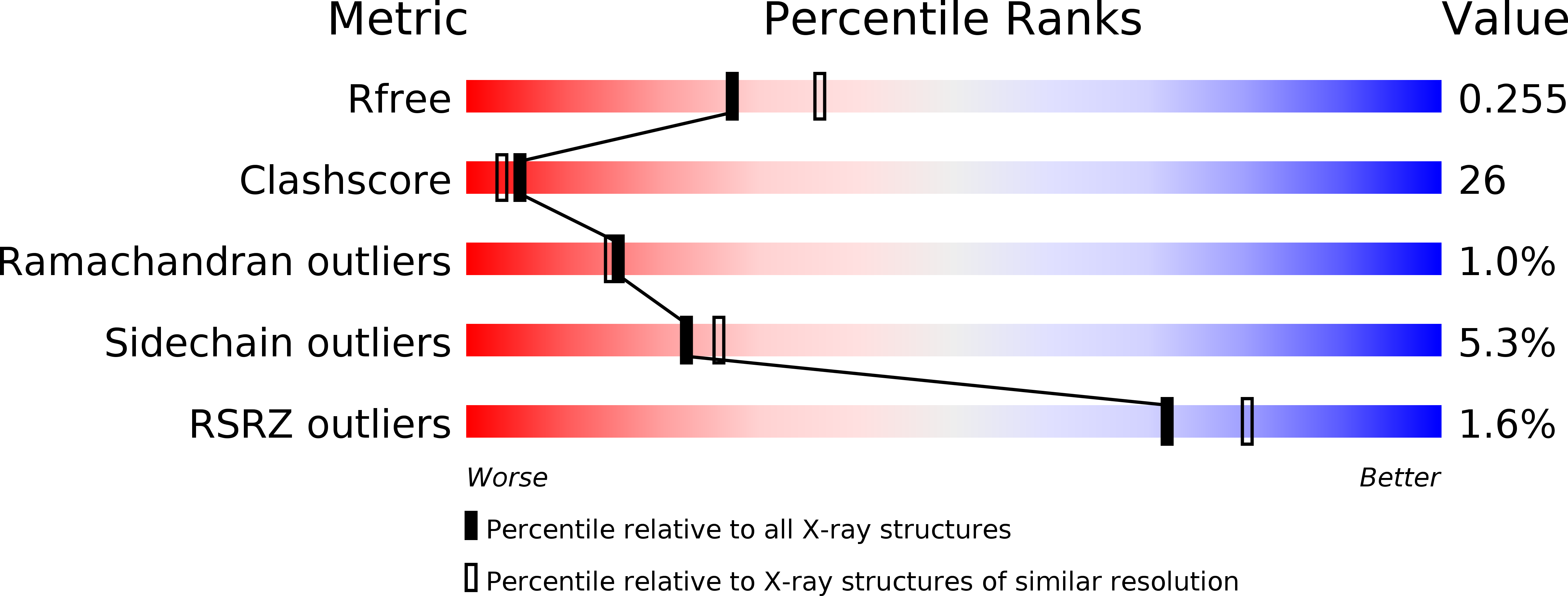
Deposition Date
2009-04-02
Release Date
2009-10-13
Last Version Date
2024-02-21
Entry Detail
Biological Source:
Source Organism:
Staphylococcus aureus subsp. aureus USA300 (Taxon ID: 367830)
Host Organism:
Method Details:
Experimental Method:
Resolution:
2.35 Å
R-Value Free:
0.26
R-Value Work:
0.23
R-Value Observed:
0.23
Space Group:
P 1 21 1


